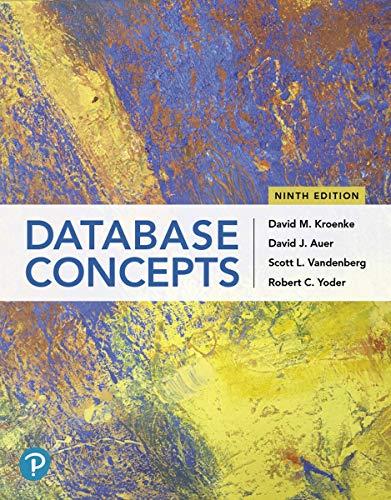Answered step by step
Verified Expert Solution
Question
1 Approved Answer
3 Taylor Series in MATLAB (25 points) The function f(x)=cos(x) can be represented in a Taylor series as follows (where x is in radians): cos(x)=12!x2+4!x46!x6+=n=0(2n)!(1)nx2n=n=0an

Step by Step Solution
There are 3 Steps involved in it
Step: 1

Get Instant Access to Expert-Tailored Solutions
See step-by-step solutions with expert insights and AI powered tools for academic success
Step: 2

Step: 3

Ace Your Homework with AI
Get the answers you need in no time with our AI-driven, step-by-step assistance
Get Started


